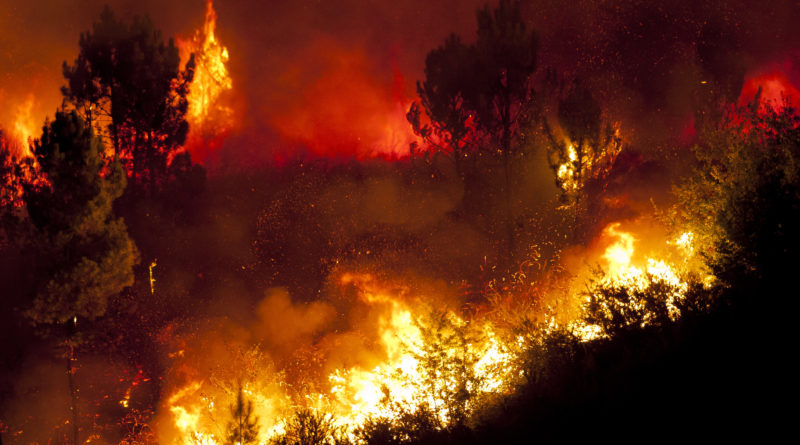What To Know About The Amazon Fires
15,453 total views, 1 views today
The Amazon is the world’s largest tropical rainforest. For the past month, forest fires have raged through its two million square miles at an unprecedented rate, one fast enough to decimate lands the size of a football field every minute. However, people might not have even heard about the forest’s dire state without internet users constantly discussing it on social media, as some say the crisis has not received nearly enough media coverage.
In light of this alleged information gap, here’s what you should know about the Amazon fires and their potential repercussions.
Why the Amazon rainforest matters
The Amazon rainforest has been called “the lungs of the world.” The implication is that, without the Amazon, breathing would be impossible. This notion isn’t that huge of a stretch – the Amazon rainforest produces as much as 20 percent of all the world’s oxygen. As countless trees burn in the Amazon, the amount of air for which all life on Earth competes dwindles, and with the global human population expected to reach nearly 10 billion people by 2050, oxygen is a precious resource.
Additionally, the Amazon rainforest is hugely important for battling climate change. The forest’s trees take in massive amounts of carbon dioxide, the gas mostly strongly associated with warming the earth and causing climate change. If the Amazon forest were to shrink drastically in size, it would even further accelerate the extreme weather patterns and global ice melting that climate change is already throwing into top gear.
The Amazon has been on fire before, but not like this
Wildfires are a natural occurrence that would be inevitable even if climate change weren’t making them more common, so yes, the Amazon rainforest has been on fire before. However, 2019 has seen an unusually high number of smaller wildfires burn through the forest. Prior to the massive forest fire currently consuming the Amazon, 74,000 smaller ones occurred throughout the first seven months of 2019. This amount is twice the number of Amazon rainforest fires that happened throughout all 12 months of 2019. Additionally, over a six-day period in mid-August, 9,500 fires burned throughout the rainforest.
The fires are unlikely to diminish soon
Just as wildfires are a natural occurrence, their main deterrent is natural. Rainfall, especially in the high volumes and intensities known to occur in the Amazon rainforest, can help combat fires. However, an extended weather forecast for the rainforest through September 10 suggests that not nearly enough rain will fall to extinguish the fires. During this period, rainfall will be concentrated in areas that are in the least need of fire combat.
Brazil has rejected help
The majority of the Amazon rainforest is located in Brazil. At the G-7 summit earlier this week, Jain Bolsonaro, Brazil’s controversial leader, rejected an offer of $22 million to help fight the fires. Bolsonaro has said he may reconsider the offer if French president Emmanuel Macron apologizes for accusing Bolsonaro of allowing the fires to grow in severity. Macron is not the only person who blames Bolsonaro for the ongoing Amazon rainforest crisis.
Despite Brazil rejecting help, non-profit organizations from around the world are working to fight the Amazon rainforest fires. These organizations are currently seeking donations from anyone who can spare the money.

